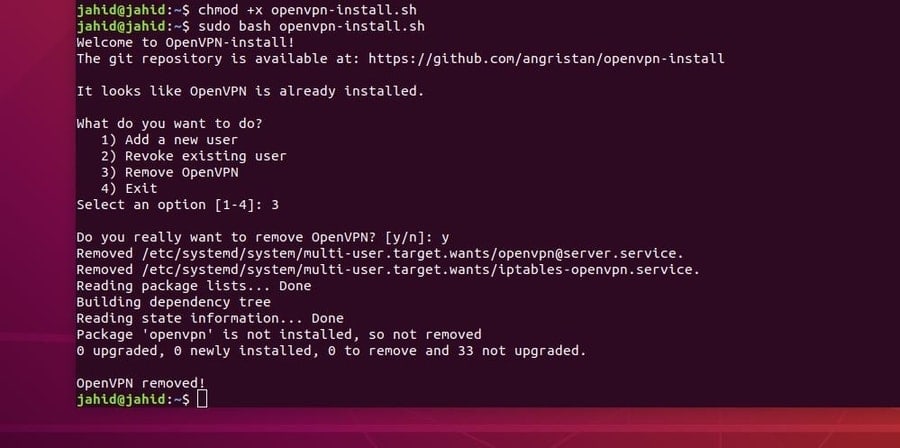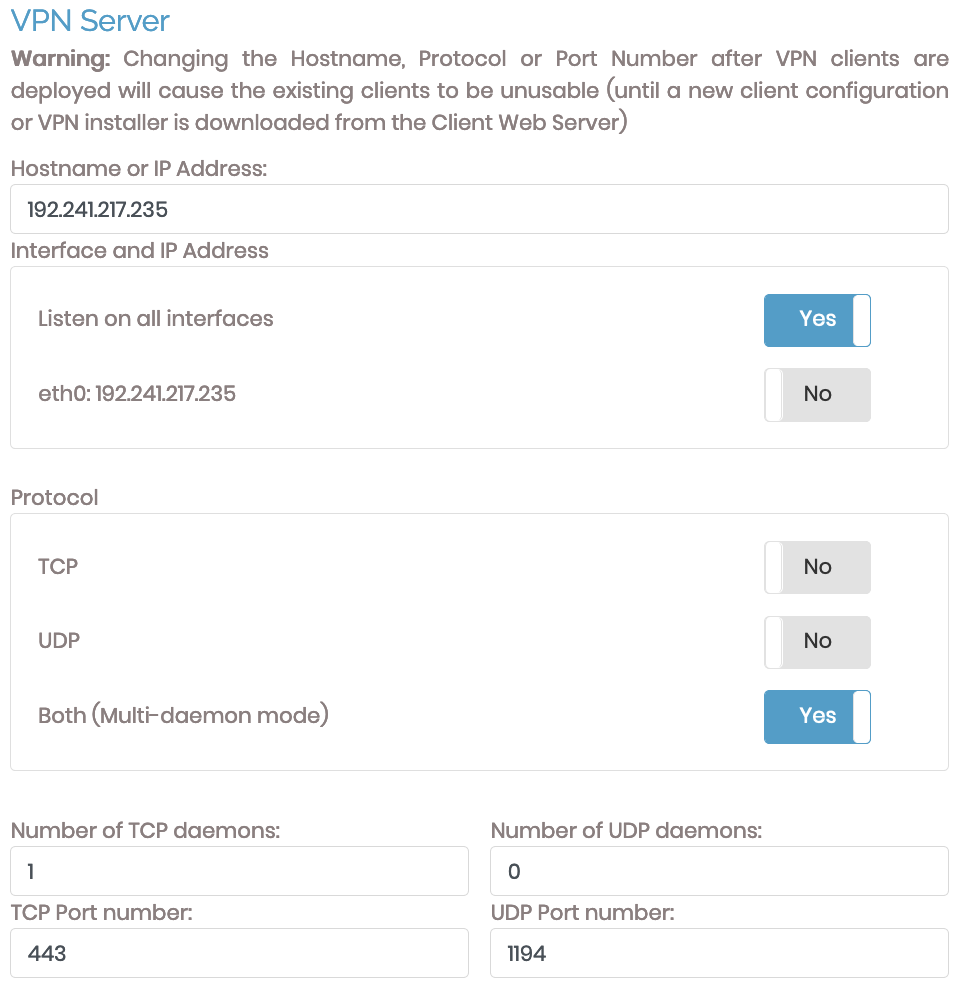
You must ascertain that your OpenVPN client IP address can reach the OpenVPN server IP address and the TCP/UDP port. Read this article to get details about the problems with TCP over TCP tunnels. Thus, prefer the UDP protocol to tunnel your application since contrary to TCP, it does not suffer from an overhead error checking mechanism. This is not recommended because in case of packets retransmissions on the interior TCP tunnel, recomputation will occur in both tunnels leading to slow performances such as high response time. The use of TCP can lead to degraded performances.Īs the majority of the applications uses TCP, if you opt for TCP tunneling, you will create a TCP over TCP tunnel. You should keep the default setting unless you need to change it for Firewall reasons otherwise you can keep it. Prefer the IP tunnel mode (default setting) unless you need to pass Ethernet traffic such as NetBIOS inside the tunnel.ĭefault source and destination tunneling port is UDP 1194.

IP tunneling is also referred as routing mode, and Ethernet tunneling as bridging mode. You can choose between an IP (TUN driver) and an Ethernet (TAP driver) tunnel. The configuration settings are presented in the next paragraphs. In our example, we will call this file config.txt and save it in the /home/user/ or "C:\Program Files\OpenVPN\config\" directory depending on whether it is a Linux/Unix or Microsoft machine. Nevertheless, when the tunnel is created, the bi-directional traffic inside it is of course possible.Ĭreate a file where you store your OpenVPN configuration. This is due to the fact that the client is located in a local network and reaches the internet via a proxy or Firewall which will substitute its own IP address or another one (Hide NAT) for the source IP address. In this frequent case, the client can reach the server but not the contrary.

Let's take an example where you are in a professional environment and want to establish a VPN with a device connected directly to the Internet, let's say a box at your home. Let us see when.īefore establishing the SSL VPN, the client first reaches the server on a specific port, whereas the server doesn't need to reach the client.

Upon the two OpenVPN boxes, you have to declare one as server and the other as client.In some scenarios, each box can be declared as server or client, but in other scenarios you must specifically choose a device as client and the other as server. Merci de consulter notre page sur la COVID-19 !!Ģ27 questions et réponses sur le Coronavirus.įollow the OpenVPN installation tutorial. 100 Questions and answers about Coronavirus.


 0 kommentar(er)
0 kommentar(er)
